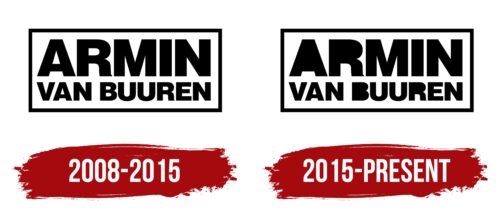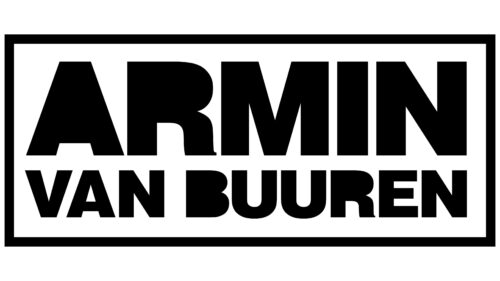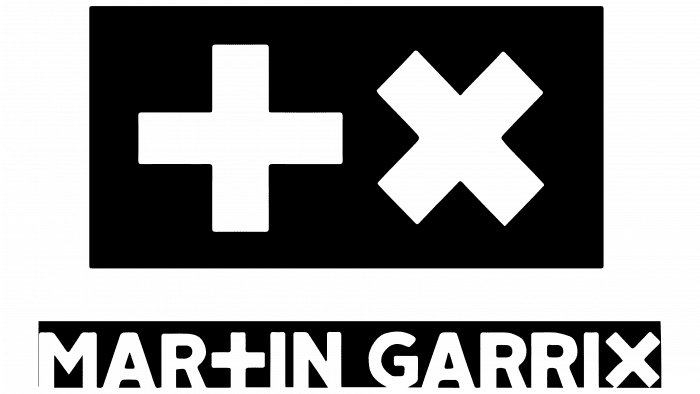The Armin Van Buuren logo represents an individual brand. The symbol creates a complete and harmonious image, showing the DJ’s unique style, distinct from other performers. The transformation of symbols involves a play of sounds, a combination of powerful and light notes.
Armin Van Buuren: Brand overview
A prominent figure on the world music scene, Armin Van Buuren has captivated listeners with chart-topping singles, critically acclaimed albums, and concerts held around the globe. Born on December 25, 1976, this Dutch DJ and music producer has left an indelible mark on the music industry, becoming a familiar name in families worldwide.
By 14, Van Buren was already working his way to musical fame. Armed with his first synthesizer, he would spend hours creating music alone in his bedroom. His brother was the catalyst that exposed him to the exciting realm of dance music, sparking an immediate and deep love affair.
In 1996, Van Buren’s career took a dramatic turn with the popular track “Blue Fear,” which quickly became a club anthem and propelled him into the dance music spotlight. The musician’s success gained momentum in the following decade, with acclaimed albums such as “76” in 2003 and “Shivers” in 2005.
An important turning point in the development of electronic dance music came in 2001 when Van Buuren launched his groundbreaking radio show, “A State of Trance.” Enriched with guest mixes from some of the industry’s biggest stars, the show gained widespread popularity. Today, it reaches millions of trance music fans worldwide, becoming an integral part of their musical experience. Over time, A State of Trance has become one of the most influential platforms in electronic dance music.
Van Buuren’s international recognition as a musician is complemented by his work as a dedicated philanthropist and astute entrepreneur. Through his broad platform, he supports numerous charitable organizations. At the same time, his record label Armada Music and his thriving merchandise and events brands have helped him carve out a niche as a successful business tycoon.
Armin Van Buuren has changed the landscape of dance music with his groundbreaking singles, chart-topping albums, and prestigious awards. His fearless exploration and experimentation in electronic dance music have encouraged a generation of artists to follow in his footsteps, thus continuing his legacy.
Meaning and History
What is Armin van Buuren?
Armin van Buuren, born December 25, 1976, began his journey as a Dutch DJ and producer, becoming a prominent figure in the electronic dance music (EDM) industry. Since his debut, he has consistently dominated the global DJ scene with his charismatic performances and unique music production skills. With a career spanning decades, he has established a reputation for pushing the boundaries of trance music while becoming a symbol of innovation and quality. His multi-genre-influenced music has set the pace for the evolution of EDM while inspiring countless artists.
2008 – 2015
Between 2008 and 2015, Armin Van Buuren used a simple and clear logo. It featured the artist’s name enclosed in a frame. This design element emphasized the musician’s individuality and uniqueness, setting him apart from his peers in the music industry. The frames symbolized his quest to create his own style and distinct musical notes characteristic of his work.
The logo hinted at trance music, which became Buuren’s signature style. He became the fourth artist in the world to receive a Grammy nomination in this genre, highlighting his high professional level and recognition in the music community.
The artist’s name was prominent in the logo, drawing attention to his identity and reminding fans of his record label, Armind. This element connected the artist’s brand with his professional activities, creating a cohesive image.
The logo’s black color harmonized with Buuren’s work in electronic and techno genres. This color added a sense of seriousness and modernity, reflecting the atmosphere and energy of his musical compositions.
2015 – today
Armin Van Buuren’s logo presents him as an understated individual. The text sits within a black frame, which visually confines the space. Some letters, such as “A,” “R,” and “B,” lack holes, making them identifiable by their general shapes. This restrained look does not align with the active and creative nature of a music producer and DJ who performs for large audiences. When ignoring the altered letters, the font resembles Helvetica Black.
The logo feels like a musical note that is not fully heard. The missing parts of the letters mimic the rhythm expected in one of his tracks. It subtly says, “I can still surprise you,” similar to how a DJ brings unexpected tunes to the audience. This playful element contrasts with his energetic stage presence.
The black frame limits and simplifies the logo, highlighting Armin Van Buuren’s preference for a minimalist aesthetic. The letters’ unique style, with their missing parts, makes the logo distinctive and memorable.
The altered letters create an intriguing visual effect, drawing attention and curiosity. This design reflects his ability to surprise and engage his audience. The resemblance to Helvetica Black gives the logo a clean and professional look, while the modifications add a touch of creativity.






